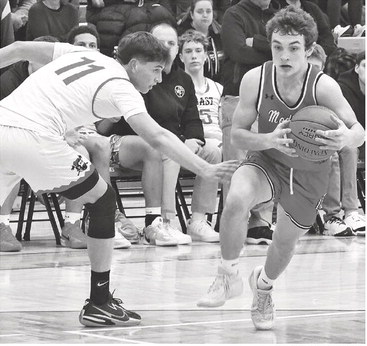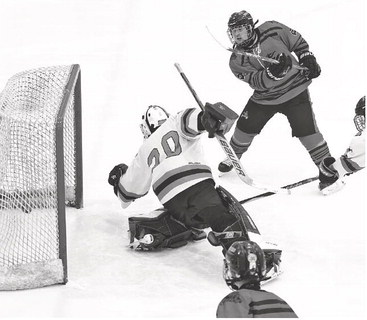How does UCLA, Washington in the Big Ten make sense (or cents)?


Hey sports fans, remember when a sports conference could generally be defined as a grouping of schools/teams joined by similar traits to fill a season’s worth of schedules, build...


